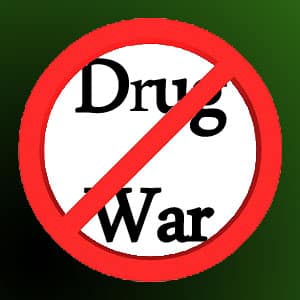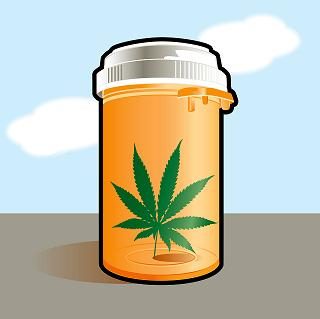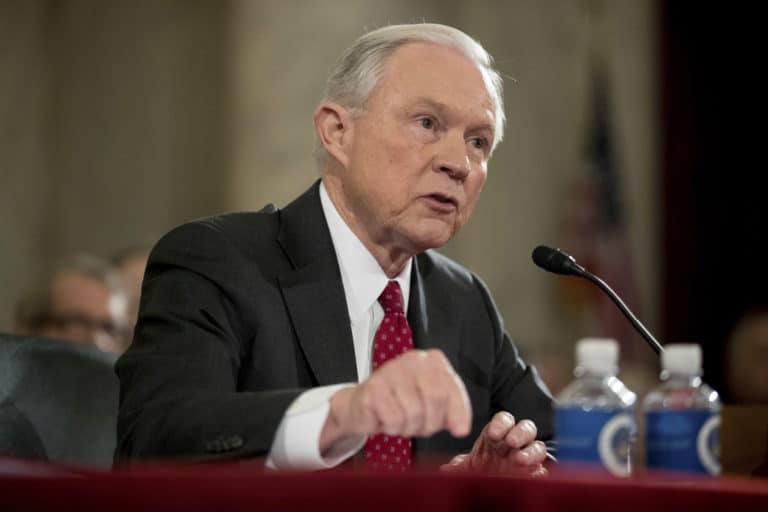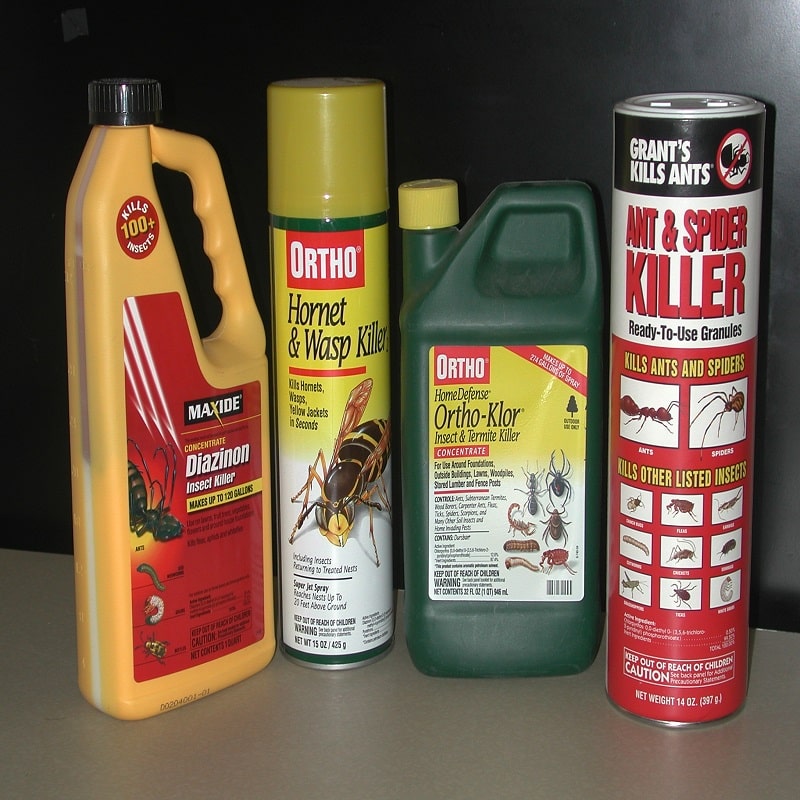 By Meghan Ralston, Drug Policy Alliance
By Meghan Ralston, Drug Policy Alliance
The Centers for Disease Control and Prevention released a report about the rate of opioid and prescription drug overdose among women in the United States. It’s bad, and getting worse. But not getting much attention.
According to the CDC’s report, since 2007, more women have died each year from drug overdoses than from motor vehicle -related injuries. Between 1999-2010, deaths attributed to prescription opioids (such as oxycodone and hydrocodone) have increased fivefold among women. Since 1993, hospitalizations for prescription opioid overdoses have been more frequent among women than men. Women are more likely than men to be prescribed opioids, to use them chronically and to receive prescriptions for higher doses, according to the CDC.
Surprised?
Well, it makes sense if you’re surprised. We so rarely tell that story. We rarely talk about the many women who sell drugs, or the pregnant women who use drugs. We rarely talk about the women incarcerated on drug charges. To a good degree, women and women’s issues tend be pretty absent in the media portrayals about victims or resistors of the war on drugs.
In many drug war documentaries, including some of the recent ones (The House I Live In, How to Make Money Selling Drugs, Breaking the Taboo, etc.), men are given a lot of screen time and it’s mens voices we hear most often, representing every inch of the drug war spectrum—the policymakers, the manufacturers, the neighborhood drug sellers, the celebrities with tales of redemption from drug addiction. Virtually all the film makers are men, and they tend to tell stories about other men. Yes, men are incarcerated for drugs in larger numbers than women, and men die from drug overdose in greater numbers than women. But that certainly doesn’t mean, nor should it imply, that women’s lives are uncomplicated vis a vis drugs.
It’s worth mentioning that for all of their good work on raising awareness about the skyrocketing rates of fatal overdose in the United States, the CDC missed an opportunity to promote the generic antidote to opioid overdose, naloxone, in their report today. They concluded their report with a whole host of ways accidental fatal overdose can potentially be reduced among women, but not a single mention of the actual antidote to opioid overdose. Women need to know how to prevent, recognize and respond to an opioid overdose. Our partners, parents, children and friends should have that information, as well. Not only are we now dying in greater numbers from drug overdose, but we’re not even being made aware of the lifesaving measures available to us in the very reports telling us about our deadly problem. In many states across the country, we should be encouraged to call 911 for medical assistance at the scene of a suspected drug overdose, without fear of arrest or incarceration. Making use of ‘911 Good Samaritan’ laws is just one way women can be empowered to save lives—or that their own lives can be saved.
Many of the drug war’s most strategic and most effective fighters are women. We do the policy work, the program work, the social service support; we run the syringe exchanges, we organize social media and fundraising campaigns. We share the stories of our lives and the ways drugs have made them difficult or complicated. Or more fun. We’re in there working with the clients who use drugs and many of us use drugs ourselves. I guess I just want to shine a light on all of that. I feel that too often, it gets overlooked.
Source: The Drug Policy Alliance – make a donation








